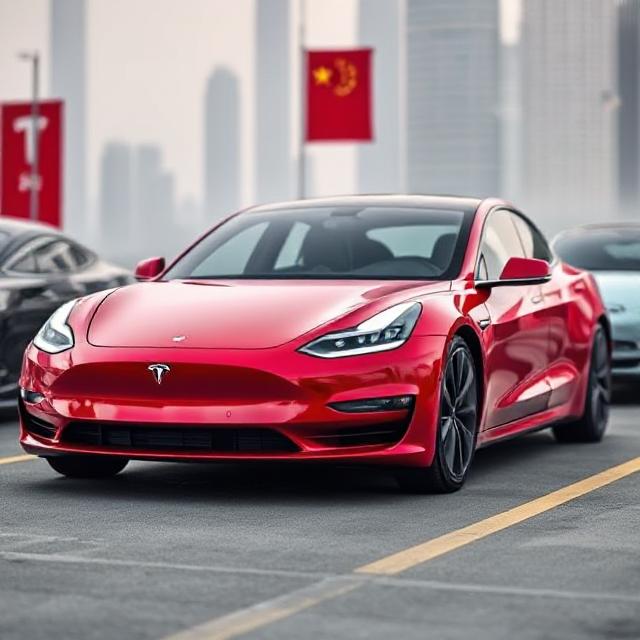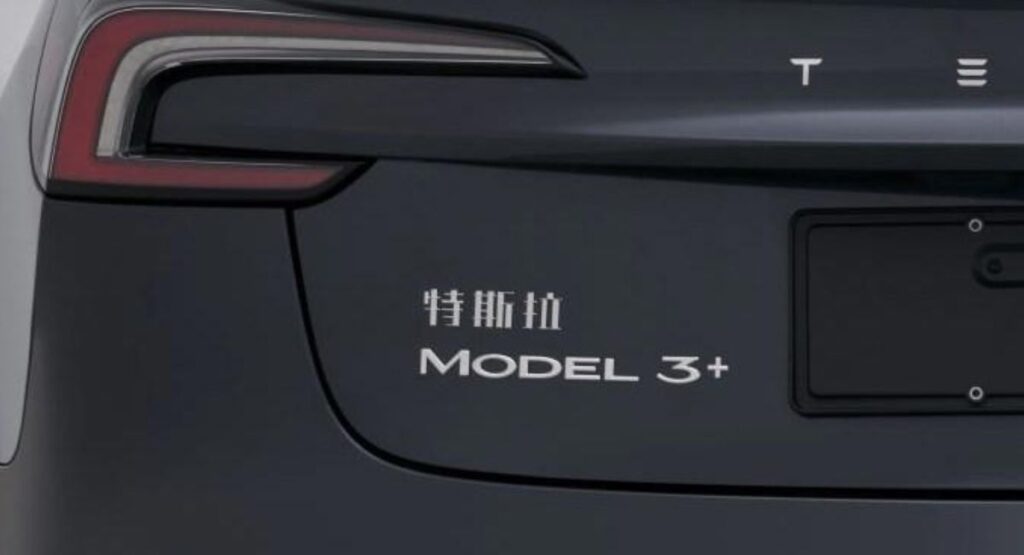Tesla unveils the new Model YL and Model 3 Plus in China with extended features, longer range, and competitive pricing to reclaim its spot in the world’s largest EV market. Learn how these models stack up against NIO, BYD, and Xiaomi.
Introduction: Tesla’s Strategic Move in the Chinese EV Market

Tesla is doubling down on its efforts to remain competitive in the world’s largest and most dynamic electric vehicle (EV) market—China. With growing pressure from domestic giants like BYD, NIO, and Xiaomi, Tesla has launched two new variants tailored for Chinese consumers: the Tesla Model YL, a longer, three-row electric SUV, and the Model 3 Plus, a rear-wheel-drive sedan with a higher-capacity LG-supplied NMC battery. These new releases signal a renewed push from Elon Musk’s company to reverse a recent slump in Tesla sales in China and regain lost ground in an increasingly saturated market.
H2: The Tesla Model YL—A Bigger, Bolder SUV
Three-Row Seating & Larger Dimensions
The Tesla Model YL is essentially a stretched and upgraded version of the current Model Y, aimed squarely at families and consumers looking for more space. The Model YL is:
- 7 inches longer
- Over 1 inch taller
- Features a longer wheelbase
- Includes six seats arranged in three rows
While the existing Model Y in the U.S. offers a third-row option, it’s often criticized for limited legroom. In contrast, the Model YL has been designed from the ground up to offer genuine three-row electric SUV comfort, making it more suitable for Chinese buyers who prioritize spacious interiors.
Design Tweaks and Features
The Model YL doesn’t just grow in size; it’s also been refreshed in key areas:
- New wheels for improved aesthetics and handling
- Modified rear and new spoiler for better aerodynamics
- Updated seats for increased comfort and durability
These upgrades aim to address previous consumer concerns and differentiate the Model YL from the standard “Juniper” Model Y, which failed to make a sales impact earlier this year.
H2: Power & Performance: Dual Motor All-Wheel Drive
Performance-wise, the Model YL is no slouch. It’s equipped with dual motors, featuring:
- 142 kW front axle motor
- 198 kW rear axle motor
- Total peak power: 340 kW (456 hp)
- Top speed: 201 km/h (125 mph)
- All-wheel drive (AWD) as standard
This places the Model YL among the top performers in its segment and offers enough punch to compete with other premium three-row EVs like the NIO Onvo L90.
H2: Model 3 Plus – Upgraded Range and Premium Battery

Tesla also announced the Model 3 Plus, a revamped variant of the standard Model 3 sedan. It retains the rear-wheel drive (RWD) layout but is now powered by a high-capacity LG NMC battery.
Battery Chemistry and Range Expectations
The nickel cobalt manganese (NMC) battery used in the Model 3 Plus is:
- Typically reserved for Long Range AWD and Performance AWD variants
- Known for higher energy density and durability
- Expected to provide superior range, though official figures haven’t been disclosed
The use of a rear-wheel drive sedan with an NMC battery reflects Tesla’s strategy to offer a more compelling mid-range EV that combines affordability with performance.
H2: Regulatory Approval and Launch Timeline
Tsla has filed for regulatory approval for both the Model YL and Model 3 Plus with China’s Ministry of Information Technology. These filings were first reported by CarNewsChina, signaling that the vehicles are on track for a fall 2025 release.
This move is part of Tesla’s larger strategy to adapt its lineup for regional markets while aligning with local government requirements and preferences.
H2: Competitive Landscape—Tsla vs. China’s EV Titans
NIO, BYD, and Xiaomi Raise the Bar
Tesla is not operating in a vacuum. Domestic competitors are releasing increasingly sophisticated EVs that are undercutting Tesla on price and often exceeding it on localized features. Examples include:
- NIO Onvo L90: Priced at around $39,000 USD
- BYD’s multiple budget-friendly electric sedans and SUVs
- Xiaomi’s smart EVs targeting tech-savvy younger buyers
In contrast, the Model YL is expected to launch at over $50,000 USD, which may pose a challenge in a market that’s increasingly price-sensitive due to a raging EV price war.
Elon Musk’s Challenges in China
Despite Tesla’s innovations, Elon Musk faces several hurdles:
- 14% global drop in vehicle deliveries in Q2
- Saturation of the Chinese EV market
- Ongoing price wars threatening profit margins
- Rising nationalist sentiment favoring domestic brands
The Chinese government has even expressed concern that the “irrational competition” may destabilize the broader economy — a worrying sign for all automakers, not just Tesla.
H2: Strategic Implications for Tesla Globally
China is not just another EV market; it’s the largest EV market in the world. Tesla’s success or failure in China has global implications:
- Supply chain alignment (e.g., LG battery partnership)
- Global delivery numbers and stock price impact
- Influence on future design language and tech features
The Model YL and Model 3 Plus could also serve as test beds for features and designs that may be rolled out globally in the future.
H2: Consumer Expectations and Market Outlook
Will Tesla’s New Models Succeed?
The answer will depend on:
- Pricing competitiveness in a tight market
- Availability of government subsidies
- Tesla’s ability to localize features (e.g., infotainment, voice assistants, service network)
- Charging infrastructure expansion in second-tier Chinese cities
Chinese consumers are no longer wowed by just the Tesla name; they demand real innovation, value for money, and post-sales service.
Conclusion: Tesla’s High-Stakes Play in China
Tesla’s launch of the Model YL and Model 3 Plus is more than a simple product refresh — it’s a full-on strategic counterattack aimed at regaining dominance in a fiercely competitive EV arena. While challenges abound, from rising local competition to economic headwinds and regulatory pressures, Tesla’s moves show that it is far from giving up.
Whether these new models will be enough to stem the tide remains to be seen. But one thing is clear: the battle for China’s EV market is heating up — and Tesla is back in the ring.

